May 12-18, 2024
Some thoughts on this drying and quiet week
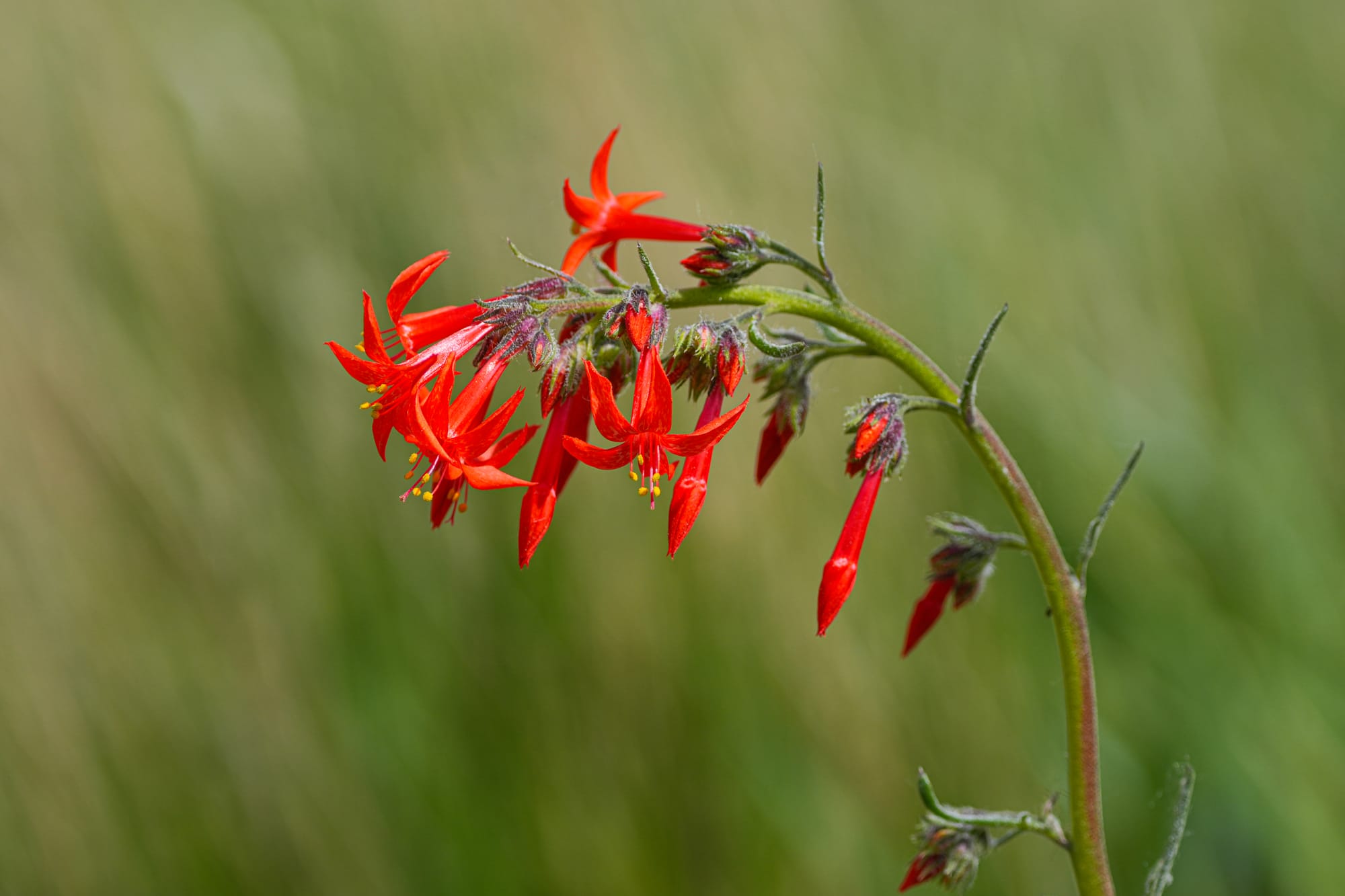
Surprisingly cold winds and turbulent cloudy skies made this an odd week to figure out.
Week in Review
I'm not sure what to say about this week—or this spring in general—but things feel oddly muted to me and I'm curious what you've been noticing.
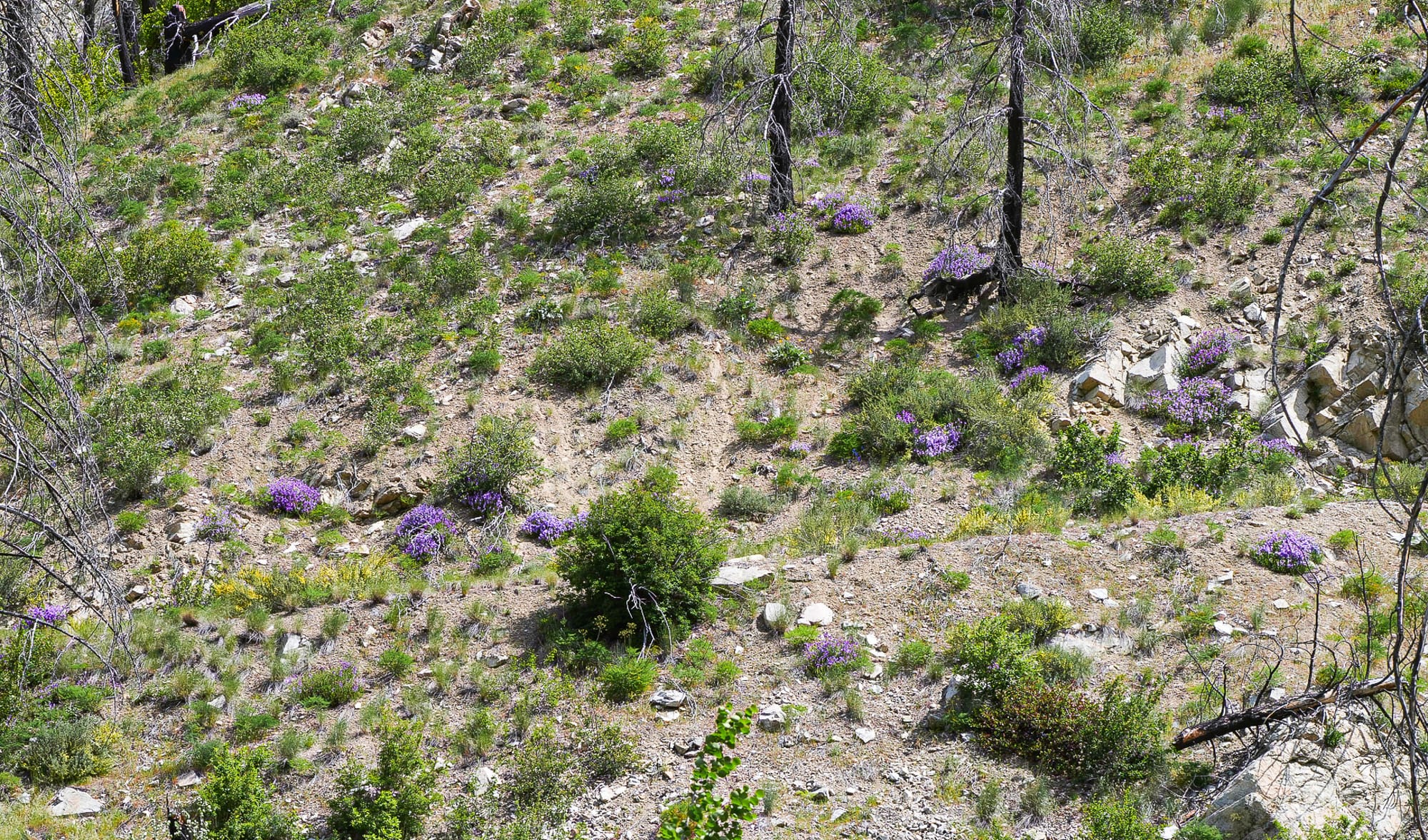
On all my outings I'm noticing that everything feels strangely quiet and subdued. The cold wind might be tamping down butterfly and insect activity, but even without the wind there's not a lot going on. I haven't been noticing many wildflowers, and I've only seen three snakes and a few turtles all spring.
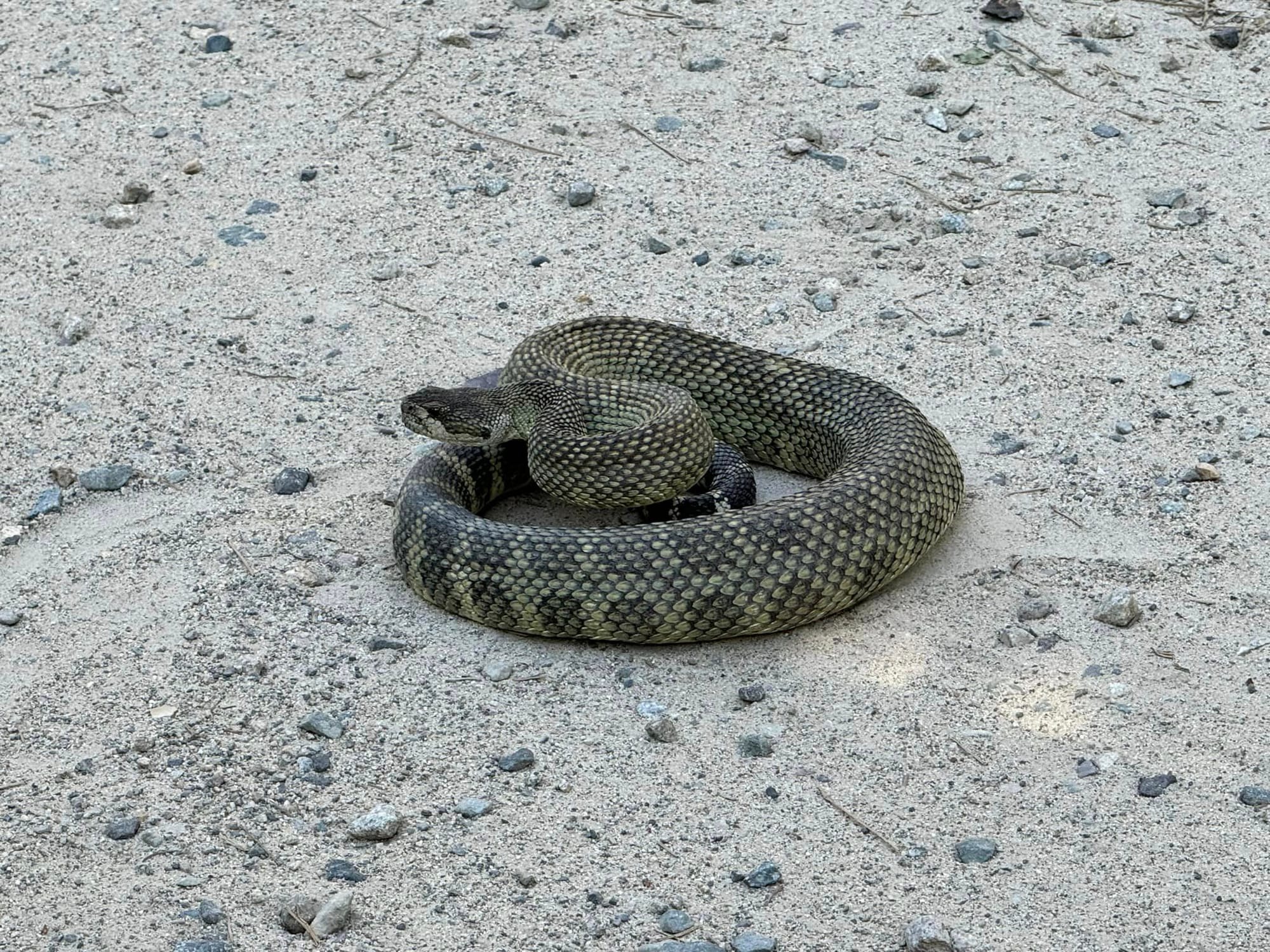
And where are the birds?! It doesn't seem like there have been many singing birds and I've only heard one western tanager, one northern oriole, and no lazuli buntings and these should all be conspicuous and vocal right now.
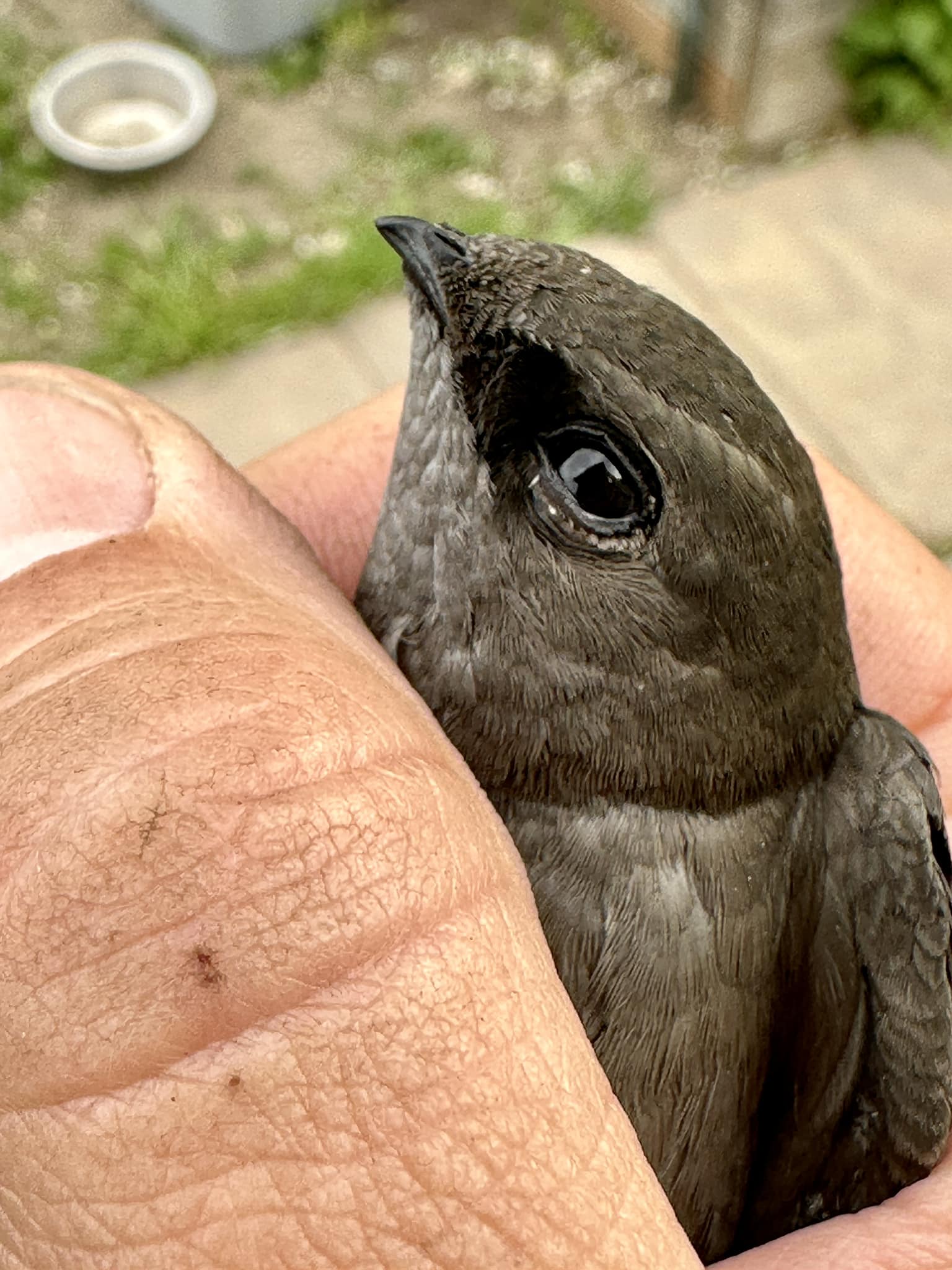
There are exceptions of course, and that's why I'm curious what your experiences have been like. For example, I sometimes run across a patch of flowers, or find myself walking through a grove of trees with yellow warblers singing everywhere at once, but so far this year I haven't had one of those classic spring days when it feels like the whole world is buzzing with life and energy.
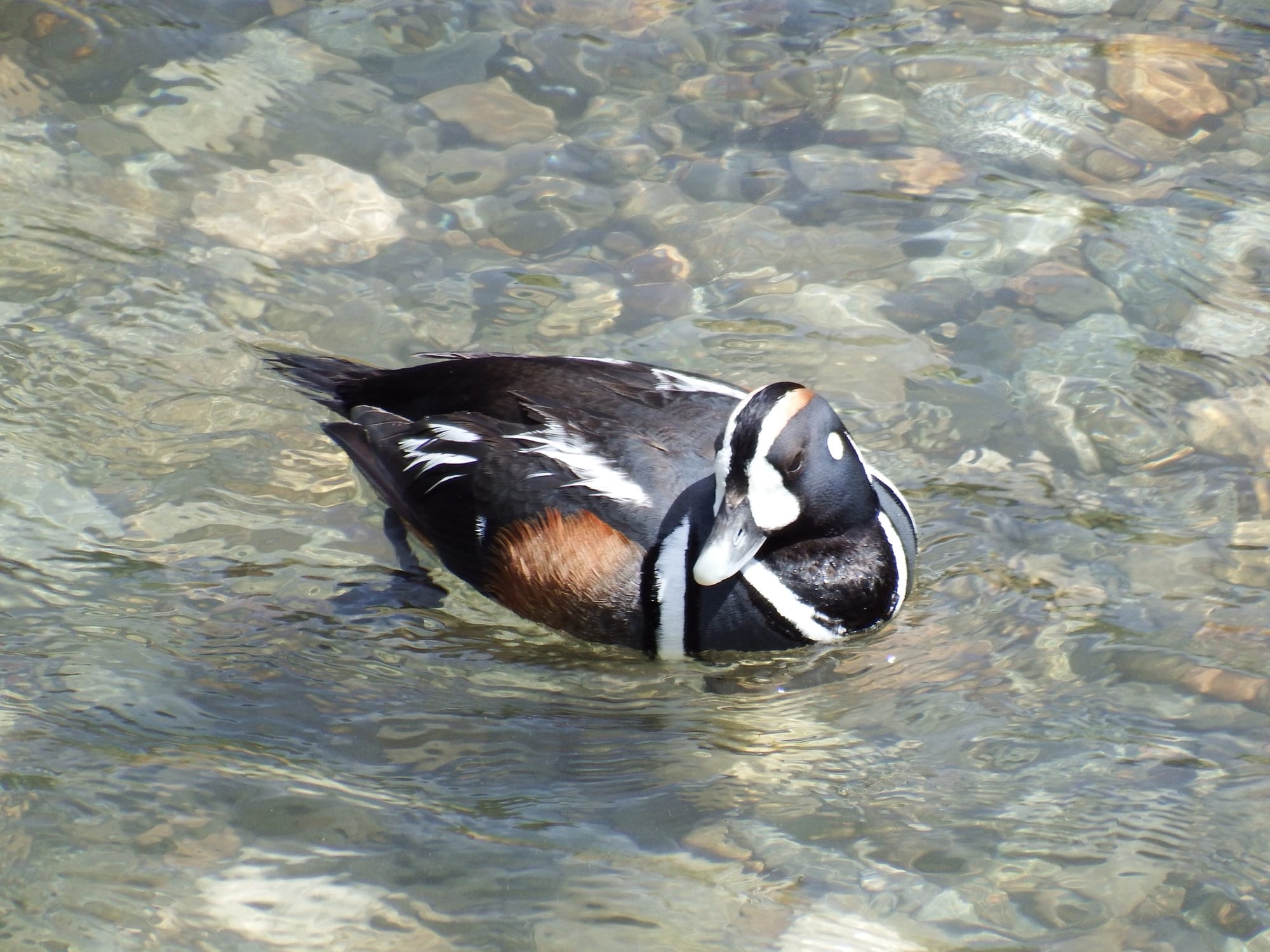
It's all a little eerie but I keep hoping that we'll still have a few of those glorious days when everything feels alive. Deep down, however, I think that some of us are a little nervous about how dry things already are, and getting worried about how we'll fare this summer.
Observation of the Week: Vesper Sparrows
It's possible that the most common and widespread bird in the Methow Valley is a bird we rarely notice. Vesper sparrows are very common birds of open shrub-steppe and grassland habitats, but they live on the ground and stay almost continuously hidden in the vegetation.
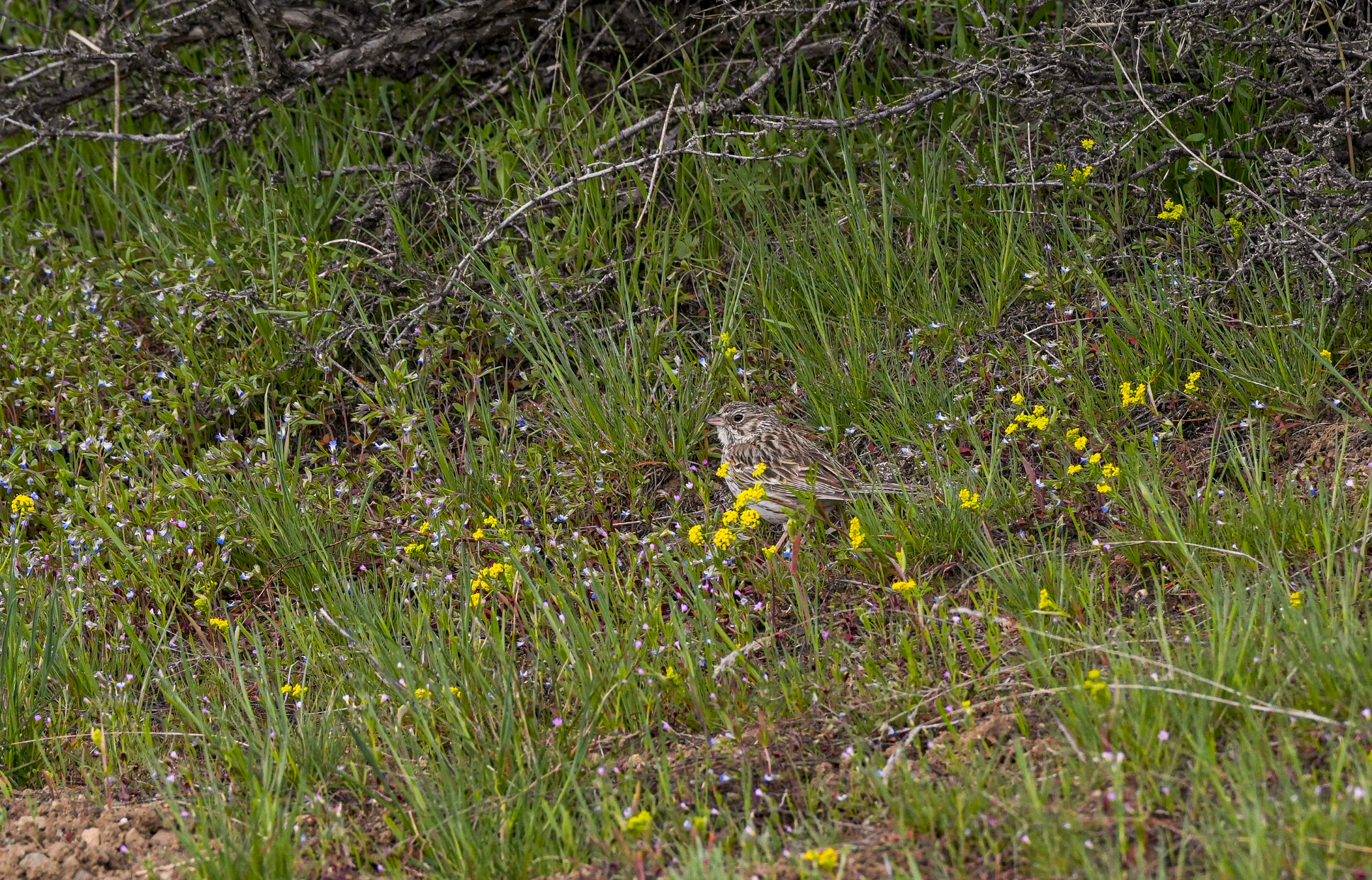
These are the birds that pop up for a moment, fly a short distance, then drop back to the ground as you walk or bike on local trails. In this frustratingly short glimpse, you almost never get to study the bird or see enough features to figure out what kind of bird it is.
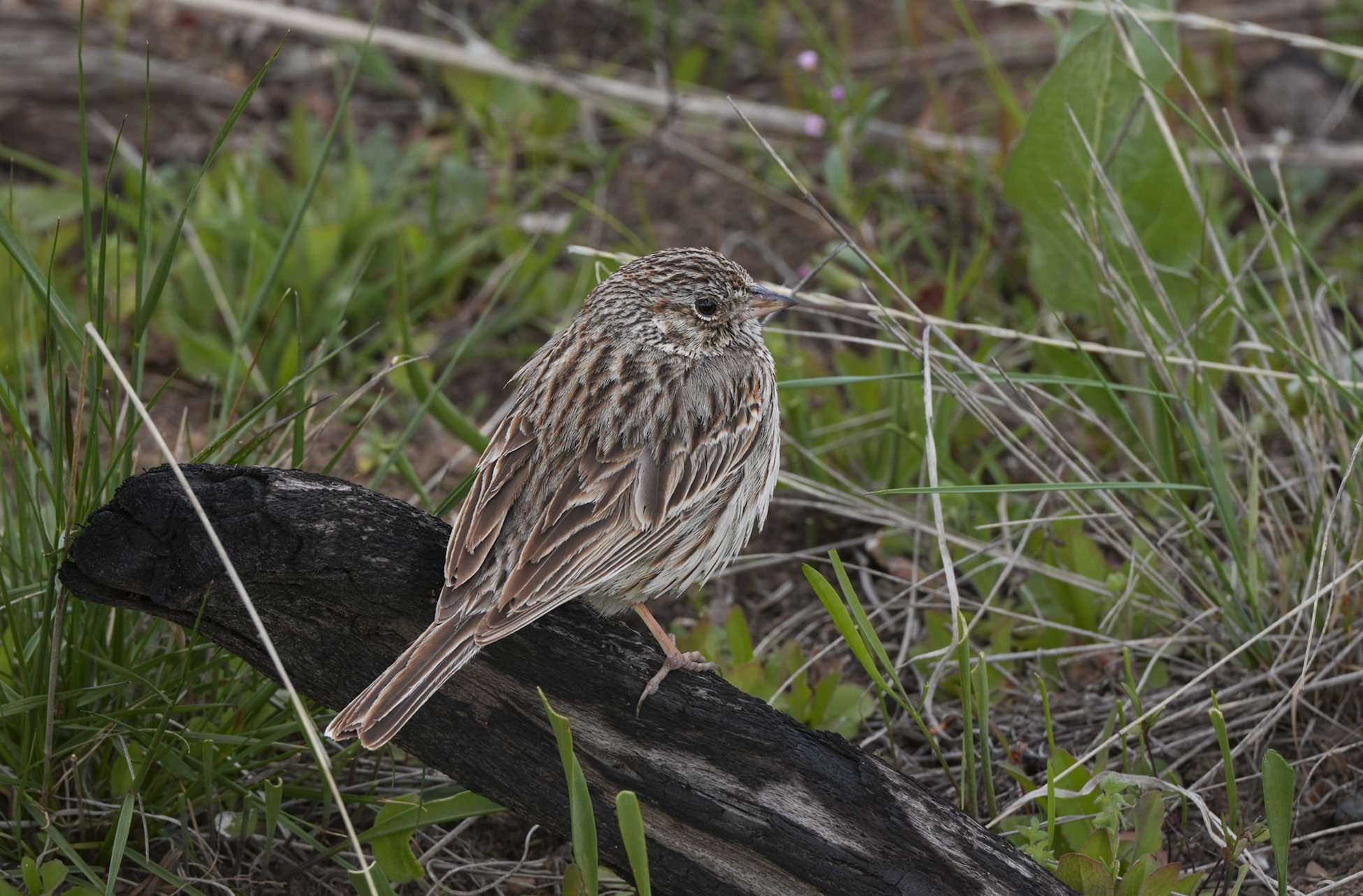
At best, you might notice a thin, white outer edge on the bird's tail, and if you're even luckier the bird might perch in the open, giving you a chance to look for its diagnostic chestnut shoulder patch (which is usually mostly hidden by other feathers). However, in general you can almost dependably identify vesper sparrows as the birds you see for a split second as they dive back to the ground.
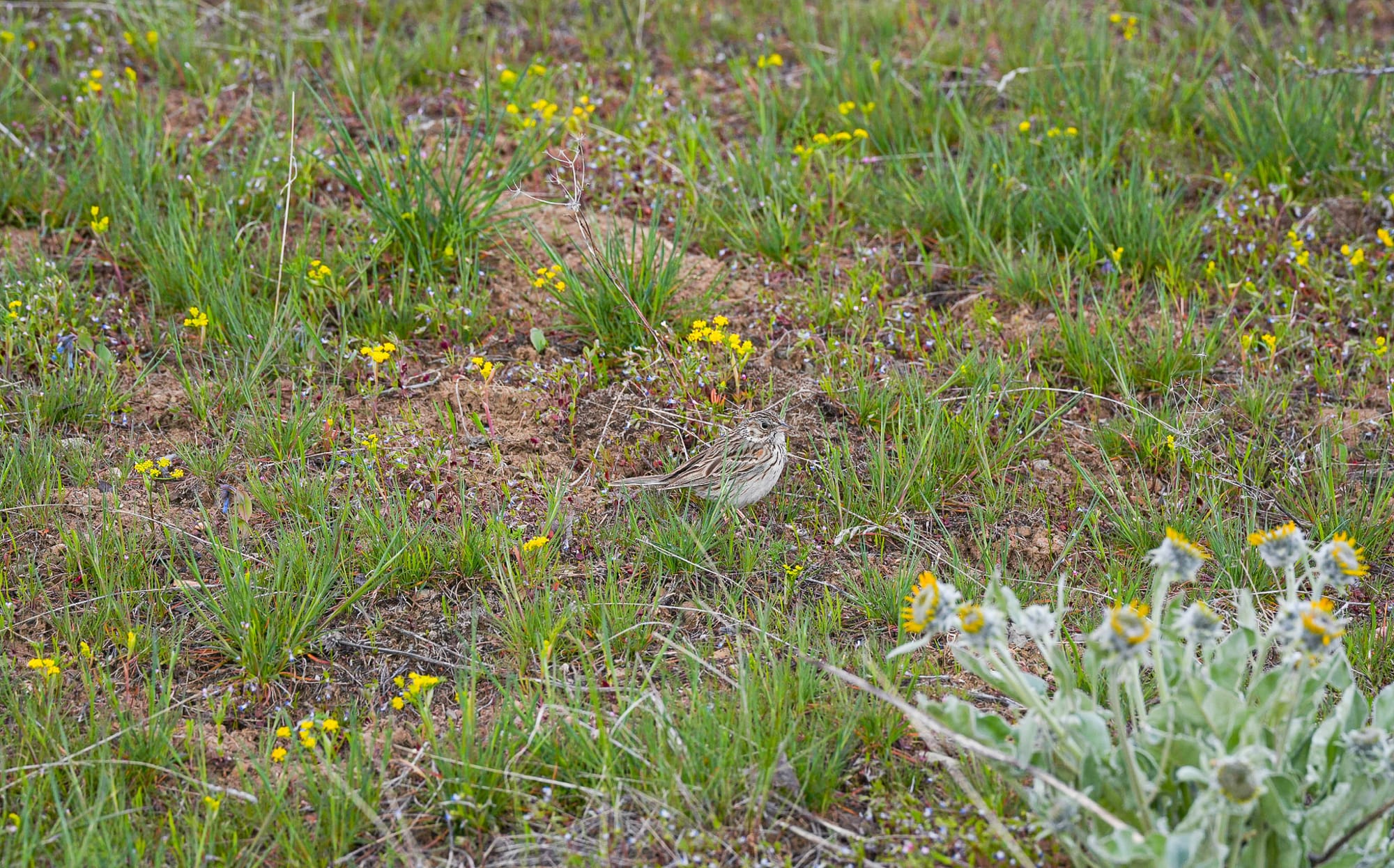
Because vesper sparrows stay hidden and we rarely get to appreciate them, it's easy to lose sight of the fact that they're an important indicator of healthy habitats. This is especially true because they favor shrub-steppe and grasslands habitats after a fire where there's a mix of both open ground and vibrant new vegetation. We tend to think of fires as a negative, but fires promote healthy plant and animal communities that birds like vesper sparrows depend on.

